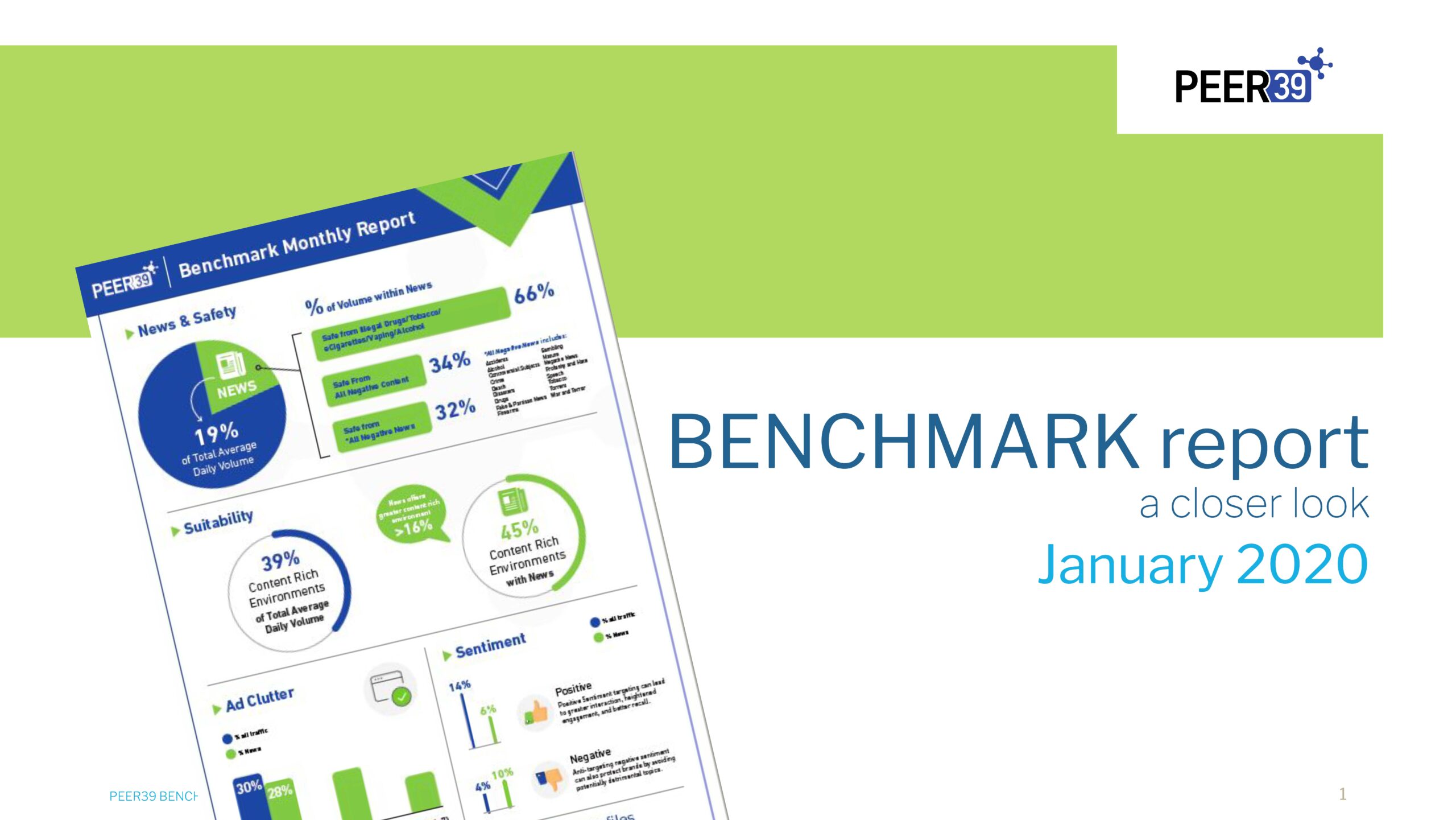2 min read
Peer39’s Brand Suitability and Safety Controls: How To Think About Brand Protection
Dannalyn Prado : Oct 2, 2025 10:59:58 AM
.png)
Brand safety is not one-size-fits-all. What’s considered unsafe for a kids’ toy brand may be totally fine for a beer company. This is why Peer39 created a flexible, category- and keyword based suitability and safety controls that give advertisers the ability to fine-tune protection instead of relying on generic, blunt settings.
The problem with generic safety filters Many platforms offer “standard” brand safety settings. These may block adult content, violence, or illegal activity, but they do not take into account a brand’s specific sensitivities or industry context.
For example, a pharmaceutical brand may need to avoid content discussing medical side effects, while an entertainment brand might have no issue with it. Using a blanket safety setting would either block too much or too little.
Peer39’s Brand Suitability and Safety Controls
Our off-the-shelf safety controls are built on granular categories that can be layered, combined, and customized. Categories include:
- General Safety (blocking universally risky content)
- Brand Suitability (customized to brand preferences)
- Contextual Alignment (ensuring relevance)
This layered approach ensures you can:
- Protect your brand from reputational risk
- Avoid content that conflicts with your messaging
- Target content that enhances your brand’s image
How it works The controls include more than 50 categories and up to 10,000 keywords for both inclusion and exclusion. Advertisers can:
- Select “Safe from” categories to avoid specific topics
- Apply program-level controls to refine CTV placement
- Use keyword targeting to include or exclude based on content metadata
Real-World Impact
Peer39’s approach to brand protection gives advertisers the flexibility to fine-tune controls instead of relying on blunt, one-size-fits-all filters. Two recent campaigns highlight how this adaptability safeguards brands while strengthening performance:
- Pharmaceutical Brand (Tailored Suitability in CTV)
This advertiser needed to avoid sensitive medical content but still maintain campaign scale. By applying Peer39’s Safe from Fake Content, Safe from Unprofessional Content, and Safe from Kids Content categories, the brand removed unsuitable environments while reducing wasted spend by 10.4%. The result: 100% suitable placements across all campaigns — a balance of protection and reach that generic safety filters couldn’t deliver. - National QSR Brand (Protecting Scale and Reputation)
Running billions of impressions, this quick service restaurant brand faced wasted spend on MFA sites, misinformation, and irrelevant environments. With Peer39’s brand suitability controls and transparency reporting, they achieved 100% brand-suitable impressions (vs. 70% benchmark), cut 30% of wasted spend, and saved $5M in media costs in just one quarter. Peer39’s precision allowed the brand to protect its image without compromising scale.
Why flexibility matters Safety settings need to adapt to campaign goals, seasonal shifts, and evolving public sentiment. Peer39’s suitability and safety controls can be updated in real time, giving advertisers confidence that they are protecting their brand without pausing campaigns or losing scale.
Expert perspective
.png?width=600&height=300&name=Minimalist%20Business%20Qoutes%20Motivation%20Professional%20Instagram%20Post%20(600%20x%20300%20px).png)
Final thought: Brand protection should not feel like a tradeoff. With Peer39’s Brand Suitability and Safety Controls, advertisers can achieve control without compromise while safeguarding their image and reaching the right audience in the right context.
.webp)
2 min read
Brand suitability: Target the right content with context
This year has been intense when it comes to news coverage, especially with so much reporting around the pandemic, politics, and protests....
.png)
Full-Page Signals: The Smarter Path to Brand-Suitable, High-Quality Placements
Every web page is a mix of signals that tell a story about quality, safety, and relevance. Yet many advertisers' campaign targeting look only at one...
